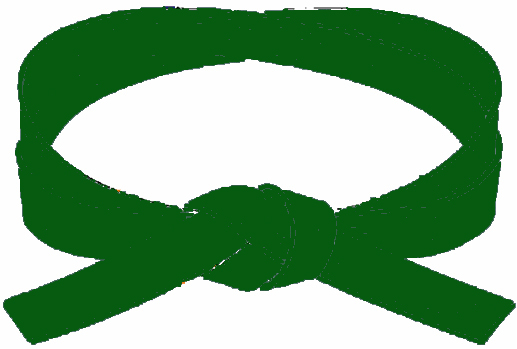Shikaku (Eligibility Requirements)
To be eligible to test for yonkyū, a candidate must meet all of the eligibility requirements listed below:
| n | A minimum of twelve (12) months training in Shimabukuro-ha Shitō-Ryū karate-dō | |
| n | Participate in a minimum of forty (40) one-hour karate training classes since promotion to gokyū. |
| n | Consistently exhibit satisfactory attitude and behaviour at home and school (youth and children). | |
| n | Consistently exhibit appropriate attitude and behaviour in the dōjō | |
| n | Submit a written request for promotion testing on the prescribed form |
>back to top


